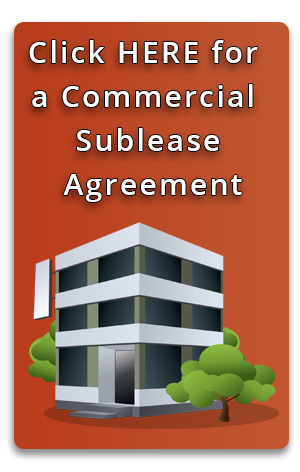What is a Sublease or Sublet Agreement?
A Commercial Sublease Agreement is used to sub-let the whole, or a part of, leased premises.
It creates a legal relationship between the incoming sub-tenant and the existing tenant (head-tenant), creating certain rights and obligations between them (and not the landlord) – in short, the right to occupy a certain area, in exchange for a specified rent amount.
It is important to note that it is the existing tenant who will remain liable under the terms of the original Lease Agreement.
A lease can also be assigned
This is different to an Assignment of Lease Agreement (in some states referred to as a Transfer of Lease) which transfers an existing tenant’s leasehold interest to the new tenant, creating rights and obligations as between the new tenant and the landlord.
In effect, the new tenant agrees to step in and take over the existing tenant’s rights and obligations under the Lease. The new tenant becomes bound to the terms and conditions of the Lease, taking the place of the existing tenant, who is then released from it’s obligations as at the date of transfer. In this instance, a tenant who has assigned, or transferred, their leasehold interest will not be liable if the new tenant defaults.
When should I use a Commercial Sublease Agreement?
- if your business has outgrown it’s current space, and you need to secure larger premises;
- in the event you need to relocate your business;
- if you are closing up shop and your lease term has not expired;
- to sub-let “a part” of your leased space that is not currently being utilized by your business.
What do I need to do?
If you have decided to sub-let the whole or a part of your leased premises, the first step you will need to take is to find out whether you are permitted to do so under the terms of your Lease.
Generally, a lease will allow a tenant to sub-let under certain terms and conditions. Often this involves getting the landlord’s consent to sub-let the premises. A landlord may also want to satisfy itself that the sub-tenant is of good quality and may request references and the like.
Once you have found a suitable tenant, obtained the landlord’s consent and complied with any other procedures set out in your Lease (if any), you will need to have your sub-tenant agree to, and sign a Sublease Agreement. This Agreement will set out the rights and obligations of the sub-tenant such as rent amounts, length of the term and any obligations that the tenant has in connection with the premises. The Sublease Agreement can also be used to bind the sub-tenant to any special rules the landlord may have relating to the use of the premises.
Resources to get you started
Sublease Agreement legal kits are provided by RP Emery & Associates, to facilitate creating and implementing your own Sublease Agreement.


